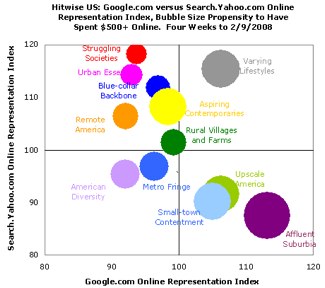 A new report from the Crimes Against Children Center at the University of New Hampshire debunks previous stereotypes about internet sex offenders as “adults who target young children by posing as another youth, luring children to meetings, and then abducting or forcibly raping them” according to the APA. Instead, the authors of the study suggest that “most online sex offenders are adults who target teens and seduce victims into sexual relationships. They take time to develop the trust and confidence of victims, so that the youth see these relationships as romances or sexual adventures.”
A new report from the Crimes Against Children Center at the University of New Hampshire debunks previous stereotypes about internet sex offenders as “adults who target young children by posing as another youth, luring children to meetings, and then abducting or forcibly raping them” according to the APA. Instead, the authors of the study suggest that “most online sex offenders are adults who target teens and seduce victims into sexual relationships. They take time to develop the trust and confidence of victims, so that the youth see these relationships as romances or sexual adventures.”
Sociologist and lead author Janis Wolak argues, “most Internet-initiated sex crimes involve adult men who are open about their interest in sex. The offenders use instant messages, e-mail and chat rooms to meet and develop intimate relationships with their victims. In most of the cases, the victims are aware that they are talking online with adults. A majority of the offenders are charged with crimes such as statutory rape, that involve non-forcible sexual activity with adolescent victims who are too young to consent to sexual intercourse with adults.”


 The
The 